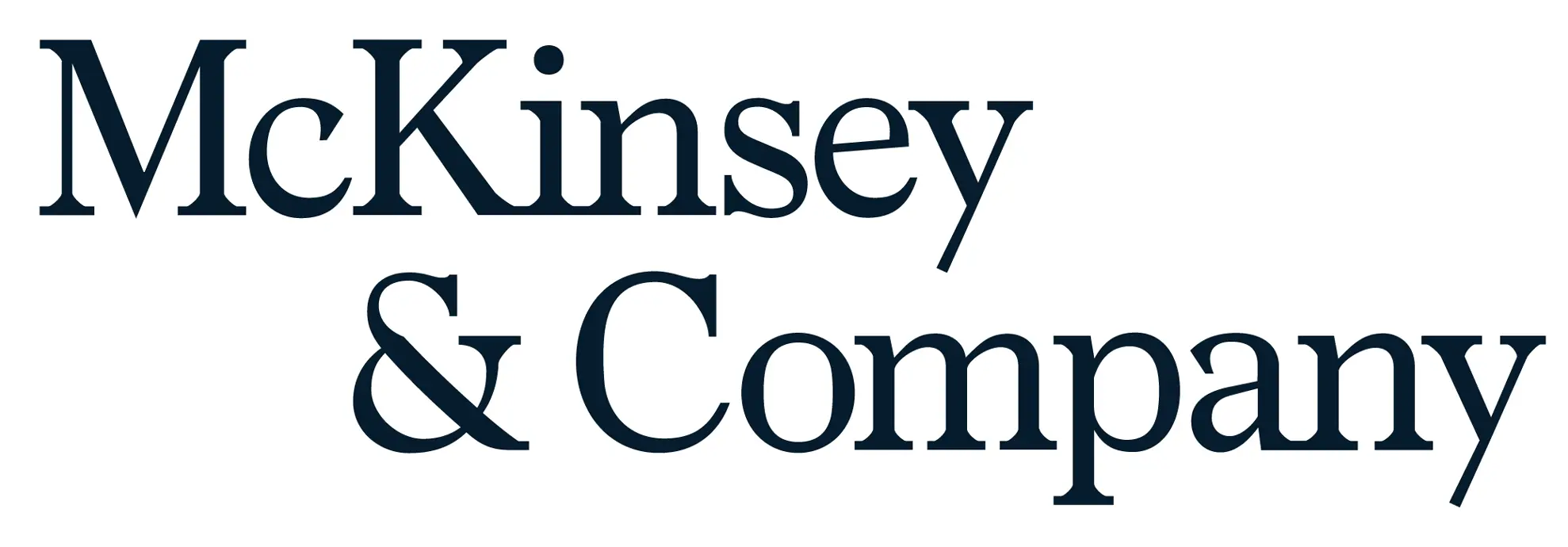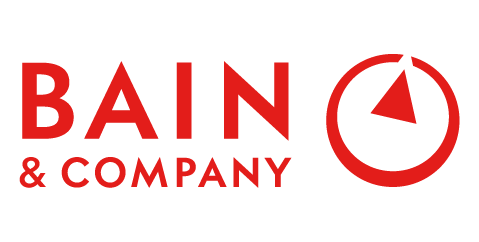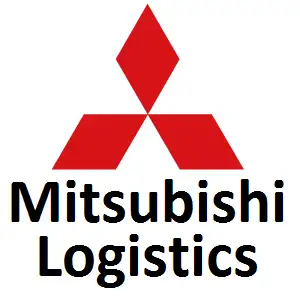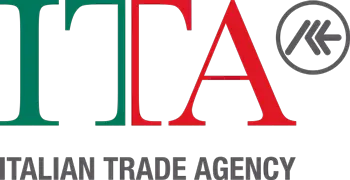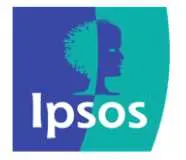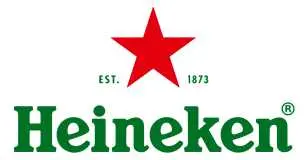
Temperature Sensor Market Size, Scope, Trends, Competition and Future Outlook
Temperature Sensor Market Growth, Size, Trends Analysis - By Product, By Output, By Connectivity, By Application - Regional Outlook, Competitive Strategies and Segment Forecast to 2034
| Published: Feb-2025 | Report ID: SEMI2509 | Pages: 1 - 220 | Formats*: |
| Category : Semiconductor and Electronics | |||
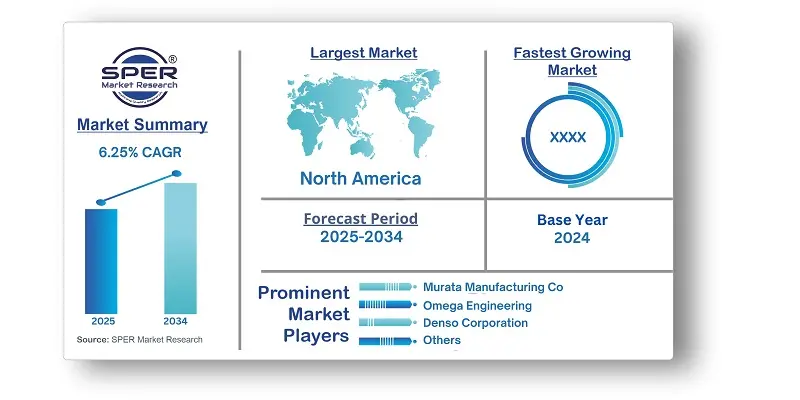
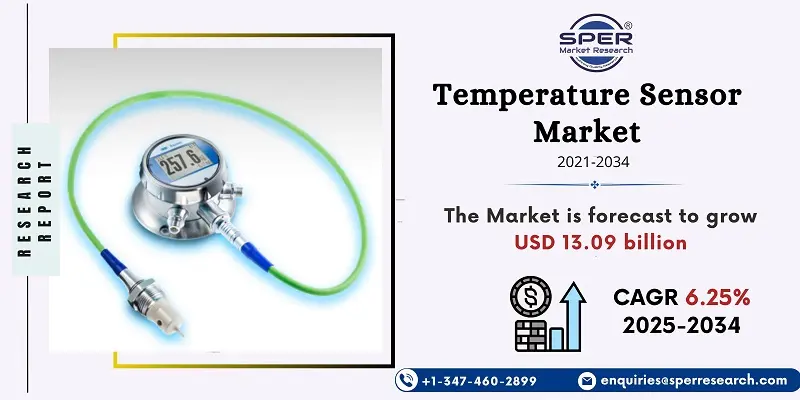
- In November 2023, The Sensors and Controls division of SDI Group bought Peak Sensors, increasing SDI's product line and market share.
- In October 2023, The HANI temperature sensors were recently upgraded, according to Omega Engineering, Inc. All HANI devices now have an IP67 designation, which protects the sensors from submersion. The objective of this update was to improve the sensors' resilience in challenging wash-down conditions.
- In June 2023, Omega Engineering, Inc. introduced the HANI Temperature Sensor, a non-invasive monitoring sensor for metal tanks. Without the hassle of installing invasive in-tank temperature sensors, the sensor can read the temperatures of in-tank process media.
| Report Metric | Details |
| Market size available for years | 2021-2034 |
| Base year considered | 2024 |
| Forecast period | 2025-2034 |
| Segments covered | By Product, By Output, By Connectivity, By Application. |
| Regions covered | North America, Latin America, Asia-Pacific, Europe, and Middle East & Africa. |
| Companies Covered | STMicroelectronics. NXP Semiconductors, Omega Engineering, Inc., Yokogawa Electric Corporation, Murata Manufacturing Co., Ltd., IFM Electronic GmbH, Dwyer Instruments, LLC, Vishay Intertechnology, Inc., Panasonic Corporation, Denso Corporation, Kongsberg Maritime, Ametek, Inc., AMS-Osram AG. other. |
- Global Temperature Sensor Market Size (FY’2021-FY’2034)
- Overview of Global Temperature Sensor Market
- Segmentation of Global Temperature Sensor Market By Product (Contact, Contactless)
- Segmentation of Global Temperature Sensor Market By Output (Analog, Digital)
- Segmentation of Global Temperature Sensor Market By Connectivity (Wired, Wireless)
- Segmentation of Global Temperature Sensor Market By Application (Automotive, Consumer Electronics, Environmental, Healthcare/Medical, Process Industries)
- Statistical Snap of Global Temperature Sensor Market
- Expansion Analysis of Global Temperature Sensor Market
- Problems and Obstacles in Global Temperature Sensor Market
- Competitive Landscape in the Global Temperature Sensor Market
- Details on Current Investment in Global Temperature Sensor Market
- Competitive Analysis of Global Temperature Sensor Market
- Prominent Players in the Global Temperature Sensor Market
- SWOT Analysis of Global Temperature Sensor Market
- Global Temperature Sensor Market Future Outlook and Projections (FY’2025-FY’2034)
- Recommendations from Analyst
1.1. Scope of the report1.2. Market segment analysis
2.1. Research data source
2.1.1. Secondary Data2.1.2. Primary Data2.1.3. SPERs internal database2.1.4. Premium insight from KOLs
2.2. Market size estimation
2.2.1. Top-down and Bottom-up approach
2.3. Data triangulation
4.1. Driver, Restraint, Opportunity and Challenges analysis
4.1.1. Drivers4.1.2. Restraints4.1.3. Opportunities4.1.4. Challenges
5.1. SWOT Analysis
5.1.1. Strengths5.1.2. Weaknesses5.1.3. Opportunities5.1.4. Threats
5.2. PESTEL Analysis
5.2.1. Political Landscape5.2.2. Economic Landscape5.2.3. Social Landscape5.2.4. Technological Landscape5.2.5. Environmental Landscape5.2.6. Legal Landscape
5.3. PORTERs Five Forces
5.3.1. Bargaining power of suppliers5.3.2. Bargaining power of buyers5.3.3. Threat of Substitute5.3.4. Threat of new entrant5.3.5. Competitive rivalry
5.4. Heat Map Analysis
6.1. Global Temperature Sensor Market Manufacturing Base Distribution, Sales Area, Product Type6.2. Mergers & Acquisitions, Partnerships, Product Launch, and Collaboration in Global Temperature Sensor Market
7.1. Contact7.2. Contactless
8.1. Analog8.2. Digital
9.1. Wired9.2. Wireless
10.1. Automotive10.2. Consumer Electronics10.3. Environmental10.4. Healthcare/Medical10.5. Process Industries
11.1. Global Temperature Sensor Market Size and Market Share
12.1. Asia-Pacific
12.1.1. Australia12.1.2. China12.1.3. India12.1.4. Japan12.1.5. South Korea12.1.6. Rest of Asia-Pacific
12.2. Europe
12.2.1. France12.2.2. Germany12.2.3. Italy12.2.4. Spain12.2.5. United Kingdom12.2.6. Rest of Europe
12.3. Middle East and Africa
12.3.1. Kingdom of Saudi Arabia12.3.2. United Arab Emirates12.3.3. Qatar12.3.4. South Africa12.3.5. Egypt12.3.6. Morocco12.3.7. Nigeria12.3.8. Rest of Middle-East and Africa
12.4. North America
12.4.1. Canada12.4.2. Mexico12.4.3. United States
12.5. Latin America
12.5.1. Argentina12.5.2. Brazil12.5.3. Rest of Latin America
13.1. Ametek, Inc.
13.1.1. Company details13.1.2. Financial outlook13.1.3. Product summary13.1.4. Recent developments
13.2. AMS-Osram AG
13.2.1. Company details13.2.2. Financial outlook13.2.3. Product summary13.2.4. Recent developments
13.3. Denso Corporation
13.3.1. Company details13.3.2. Financial outlook13.3.3. Product summary13.3.4. Recent developments
13.4. Dwyer Instruments, LLC
13.4.1. Company details13.4.2. Financial outlook13.4.3. Product summary13.4.4. Recent developments
13.5. IFM Electronic GmbH
13.5.1. Company details13.5.2. Financial outlook13.5.3. Product summary13.5.4. Recent developments
13.6. Kongsberg Maritime
13.6.1. Company details13.6.2. Financial outlook13.6.3. Product summary13.6.4. Recent developments
13.7. Murata Manufacturing Co., Ltd.
13.7.1. Company details13.7.2. Financial outlook13.7.3. Product summary13.7.4. Recent developments
13.8. NXP Semiconductors
13.8.1. Company details13.8.2. Financial outlook13.8.3. Product summary13.8.4. Recent developments
13.9. Omega Engineering, Inc.
13.9.1. Company details13.9.2. Financial outlook13.9.3. Product summary13.9.4. Recent developments
13.10. Panasonic Corporation
13.10.1. Company details13.10.2. Financial outlook13.10.3. Product summary13.10.4. Recent developments
13.11. Others
SPER Market Research’s methodology uses great emphasis on primary research to ensure that the market intelligence insights are up to date, reliable and accurate. Primary interviews are done with players involved in each phase of a supply chain to analyze the market forecasting. The secondary research method is used to help you fully understand how the future markets and the spending patterns look likes.
The report is based on in-depth qualitative and quantitative analysis of the Product Market. The quantitative analysis involves the application of various projection and sampling techniques. The qualitative analysis involves primary interviews, surveys, and vendor briefings. The data gathered as a result of these processes are validated through experts opinion. Our research methodology entails an ideal mixture of primary and secondary initiatives.
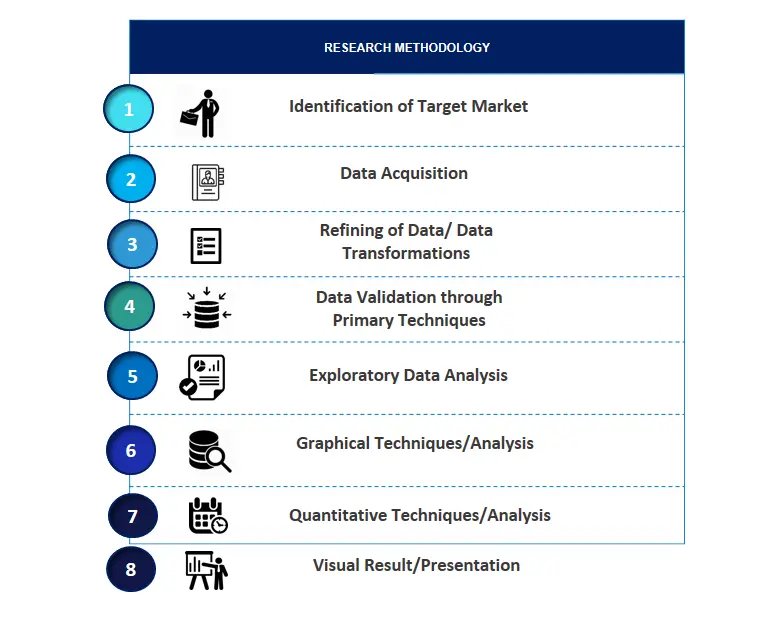
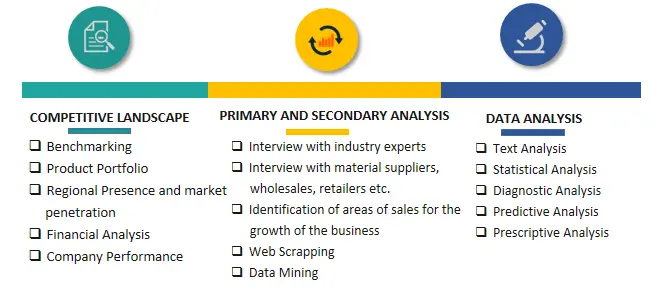

Frequently Asked Questions About This Report
PLACE AN ORDER
Year End Discount
Sample Report
Pre-Purchase Inquiry
NEED CUSTOMIZATION?
Request CustomizationCALL OR EMAIL US
100% Secure Payment
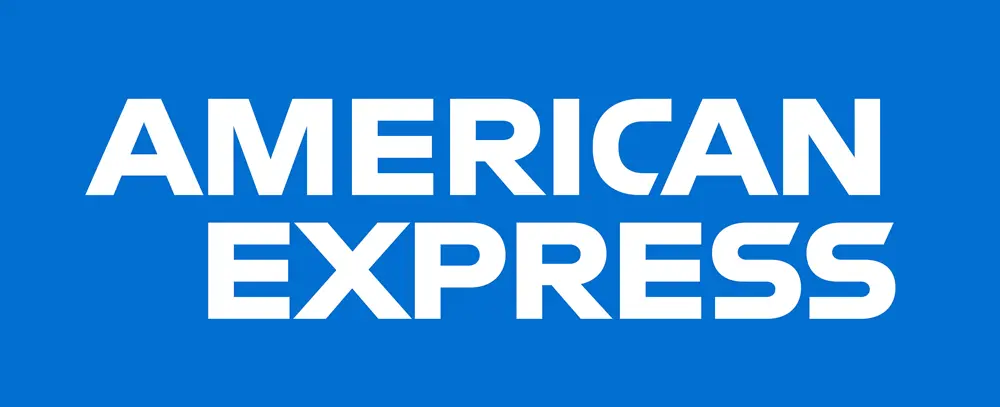


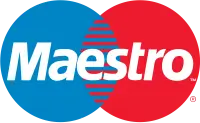


Related Reports
Our Global Clients
Our data-driven insights have influenced the strategy of 200+ reputed companies across the globe.






